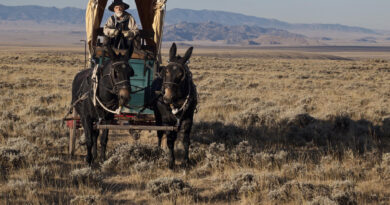History Of Mardi Gras
Mardi Gras, also known as Fat Tuesday, is a popular carnival celebration that takes place annually in the city of New Orleans, Louisiana. The event, which typically falls on the Tuesday before Ash Wednesday, is known for its vibrant parades, colorful costumes, and lively parties. However, the origins of Mardi Gras date back much further than the modern celebration in New Orleans.
The history of Mardi Gras can be traced back to ancient civilizations, where it was celebrated as a way to mark the end of the winter and the start of spring. These early celebrations featured feasts, parties, and rituals that were meant to honor the gods and ensure a bountiful harvest.
When Christianity spread throughout Europe, the Church adopted many of these pagan celebrations and incorporated them into Christian traditions. The celebration of Mardi Gras, in particular, was linked to the Christian calendar and became a way to mark the last day of feasting before the start of Lent, a 40-day period of fasting and repentance that begins on Ash Wednesday.
The modern-day celebration of Mardi Gras can be traced back to medieval Europe, where it was celebrated with elaborate masquerade balls and parades. The tradition of Mardi Gras was brought to the Americas by European settlers, and it was celebrated in various forms throughout the colonies.
The first recorded Mardi Gras celebration in the United States took place in Mobile, Alabama in 1703. The event was organized by French settlers and featured a small parade and a ball. It is considered the first Mardi Gras celebration in the US.
The modern-day celebration of Mardi Gras in New Orleans, Louisiana can be traced back to the late 1700s, when French-Canadian explorer Jean-Baptiste Le Moyne de Bienville arrived in the area and established the city as a major port. As the city grew in popularity, so did the celebrations of Mardi Gras, which began as small, private gatherings among the city’s elite.
Over the years, Mardi Gras evolved into a city-wide celebration, with parades and parties taking place throughout the streets of New Orleans. The most famous of these parades are the Krewe parades, organized by groups known as “Krewes.” These parades feature elaborate floats, marching bands, and costumed participants, and are a staple of the Mardi Gras celebration.
Today, Mardi Gras is celebrated in many parts of the world and is a vibrant, exciting, and colorful celebration that marks the end of winter and the start of spring. The celebration of Mardi Gras in New Orleans is an event that is deeply rooted in the city’s culture and history, and it continues to be a beloved and popular event for both locals and tourists alike.




